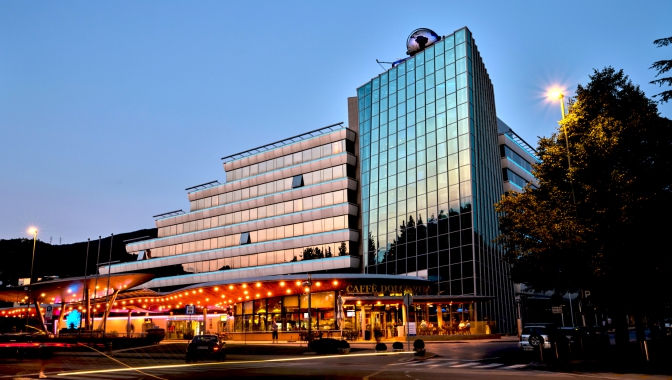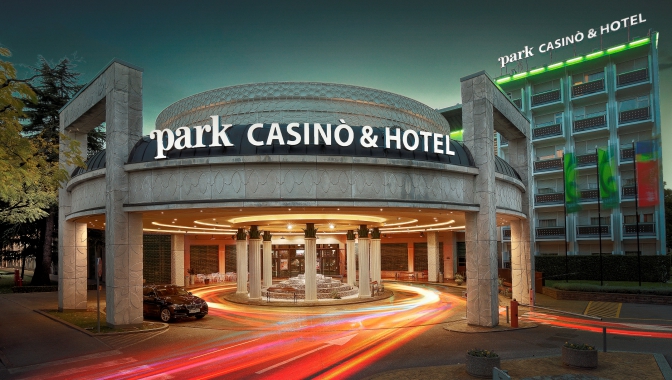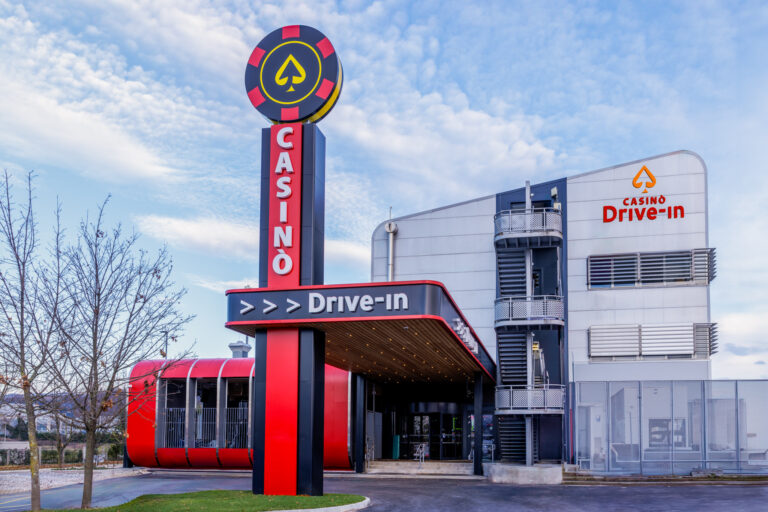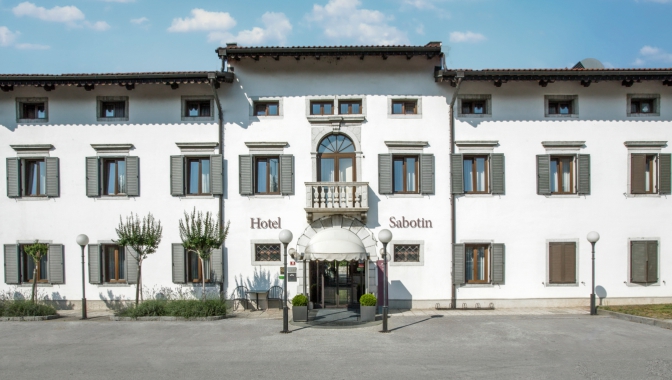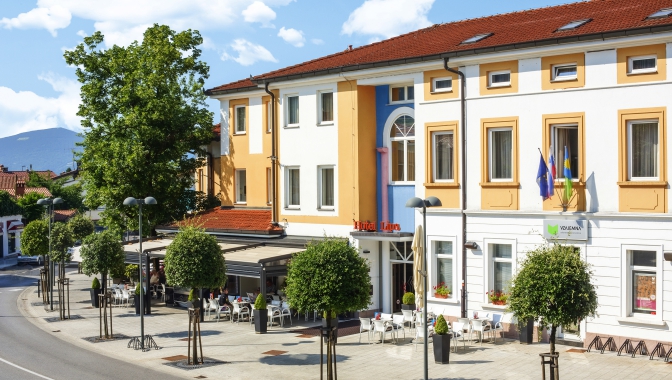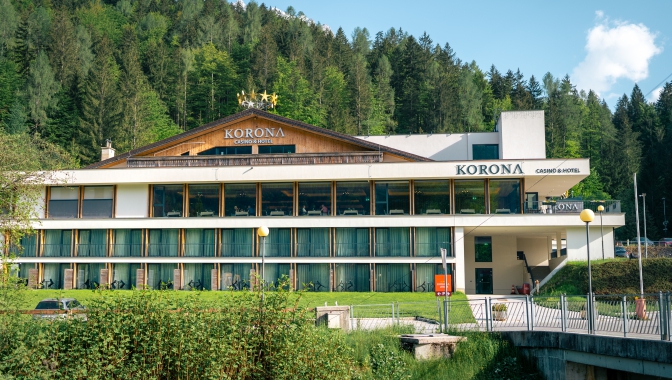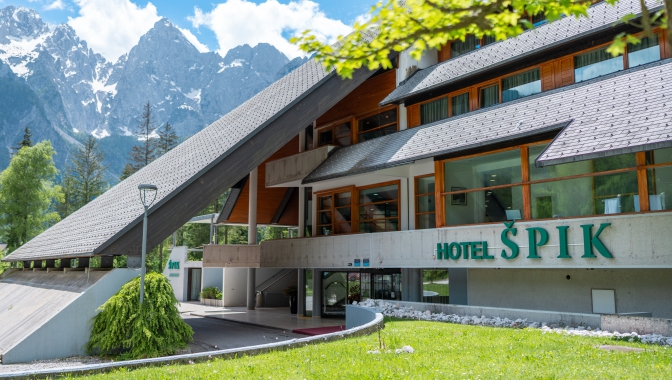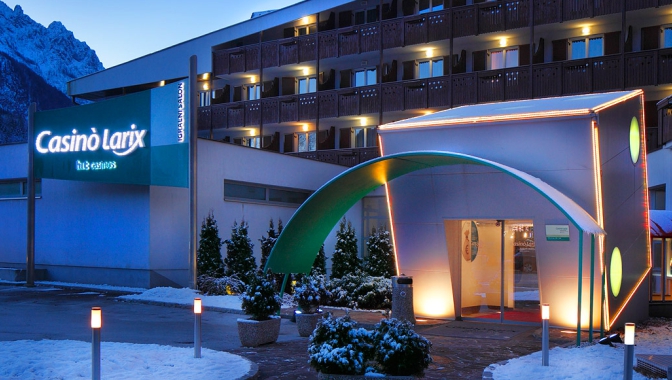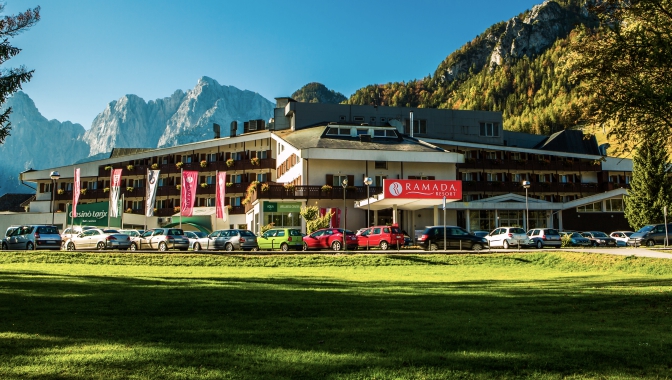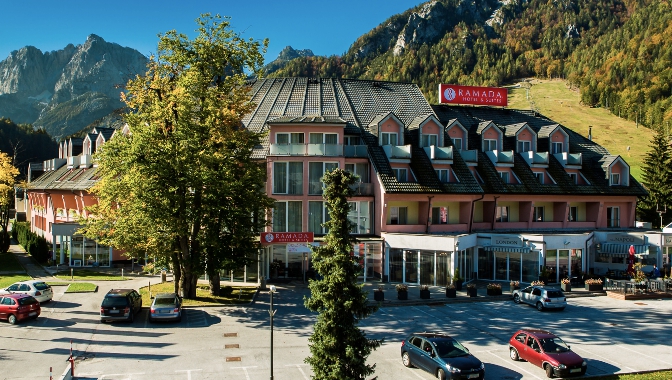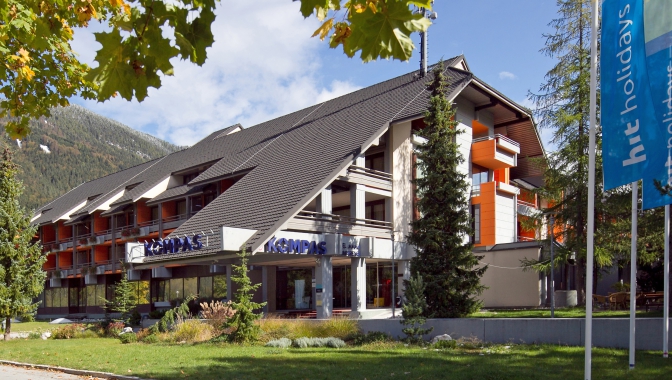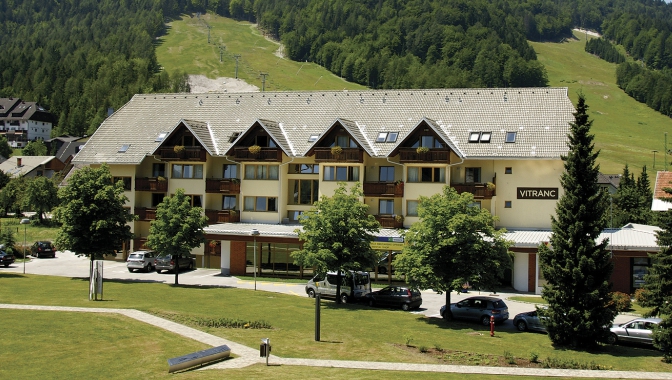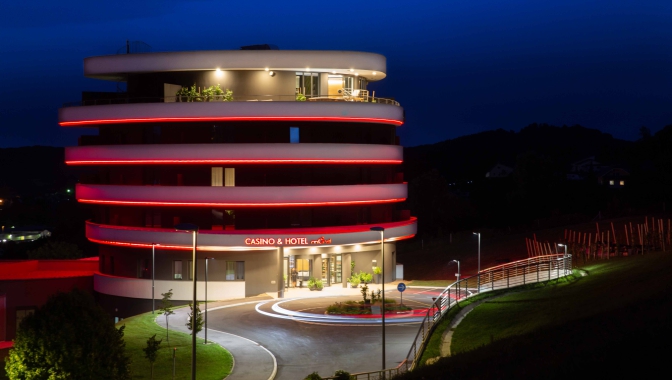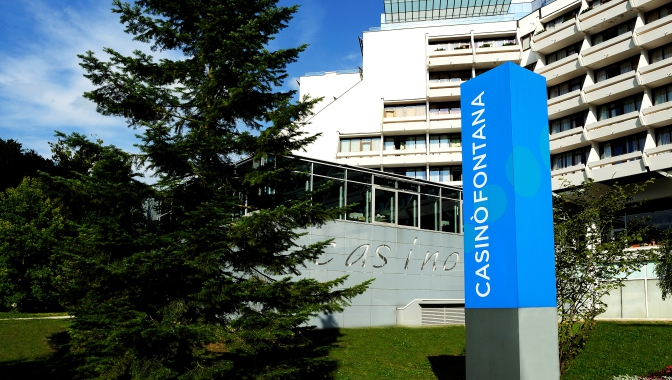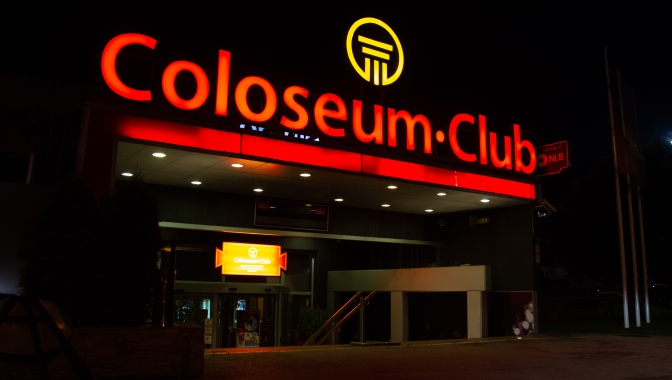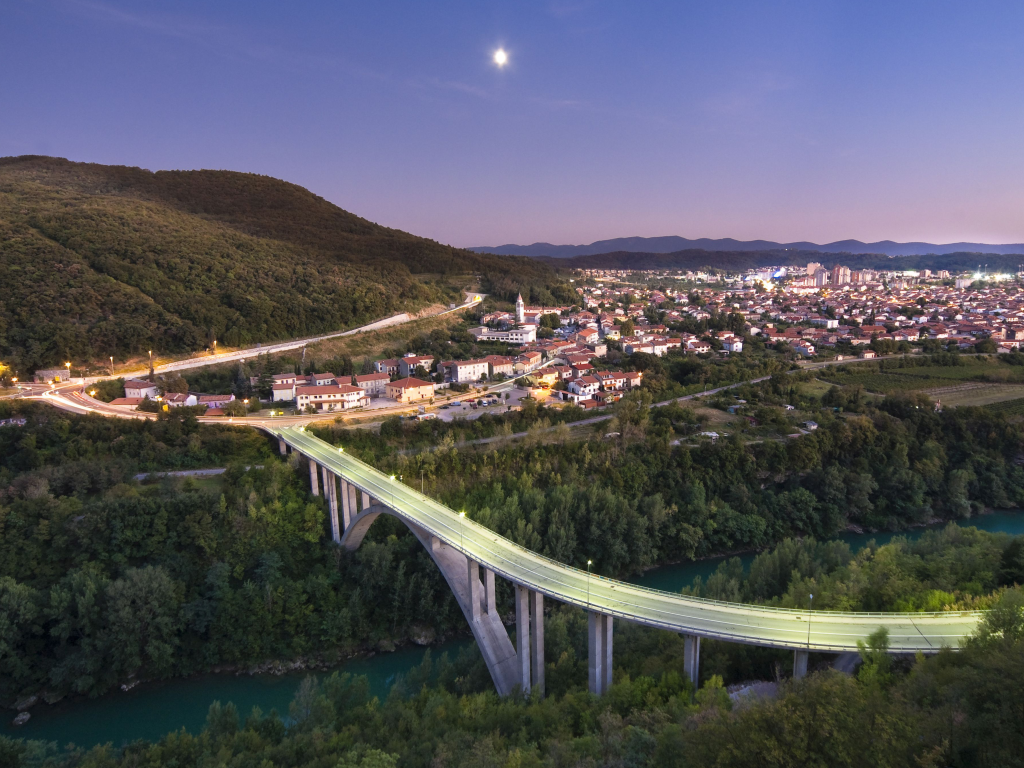
Solkan is located right next to Nova Gorica, by the Soča River, and based on archaeological finds from the Early Stone Age, the Metal Ages, Roman times, and the early Middle Ages, it is considered one of the oldest settlements in this area. It was first mentioned as a castle settlement together with Gorizia in an imperial document dated 28 April 1001.
The most recognizable landmark, which has been fascinating visitors for over 100 years, is the Solkan Bridge. The railway bridge over the Soča River has the largest stone arch of any railway bridge in the world. It was built in 1906 and is considered one of the greatest engineering achievements in the world.
This area is home to the Goriška or Solkan radicchio, known locally as “sukenski regut”, recognizable for its beautiful, rose-like red heads.
In the past, woodworking was highly developed in Solkan, and the craftsmanship of Solkan carpenters was famous far and wide. The old craft is commemorated by a monument dedicated to Solkan carpenters and the ethnological collection The Old Solkan Carpentry Workshop.
The Bartolomei Villa, an 18th-century country mansion converted into a museum, also preserves the memory of the town’s rich heritage.
The area was deeply marked by the First World War, as fierce battles of the Isonzo Front took place here. By the Soča River lies a military cemetery from the First World War.
